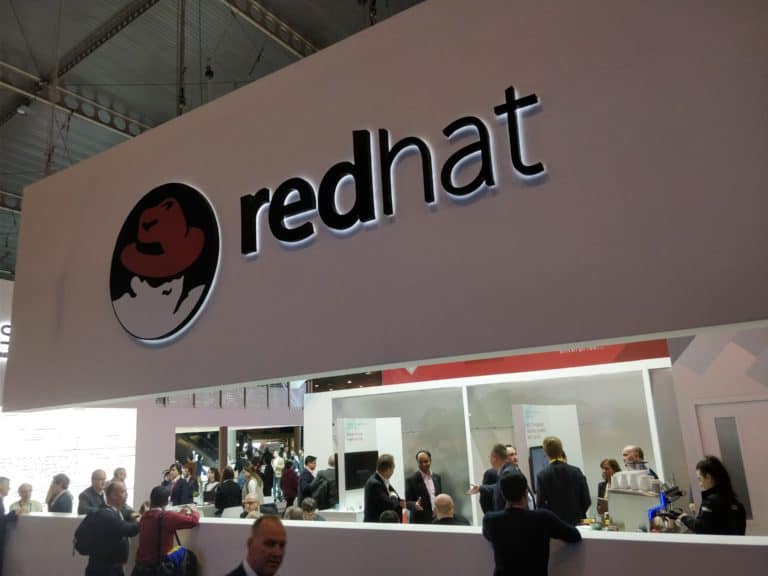Red Hat’s updates are usually spaced six months apart, and the new update for Red Hat Enterprise Linux (RHEL) is here. The beta for RHEL 8.3 will work on all major RHEL architecture, including IBM Power, IBM Z, AMD, Intel 64-bit, and 64-bit ARM.
For users who have the AMD architecture, Secure Encrypted Virtualization is now supported. All platforms will use the 4.18.0-221 Linux kernel. The new RHEL 8, just like previous updates, is mostly composed of developer updates.
Starting with RHEL 8, the updates come in Application Streams. The idea here is that the underlying base operating system programs are bundled up with the updated programming tools and libraries. Developers can now take the new tools for a spin, and admins can continue using the same operating system, and remain stable.
New Application Streams make work easier
Some of the new Applications Streams on RHEL 8 are; Git 2.26, NGINX 1.18, Perl 5.30, Ruby 2.7, Node.js v14 and PHP 7.4
The update also has new RHEL System Roles, which are ready-to-run Ansible DevOps playbooks. Of the new roles, two are for Terminal and System Logging, while another is for 802.1x Networking and Certificate Management.
Users will no longer struggle when doing configurations for corporate networks or renewing their security certificates. RHEL 8.3 incorporates new security profiles and now supports CIS (the Center for Internet Security benchmark.)
You can get started now
With these new security updates, users can now pre-set their best security protocols. Other additions include a System Role for NBDE (Network-Bound Disk Encryption.) This feature, in particular, will boost consistency and enhance repeatability when doing encryptions.
If you would like to get started right away, you can access the RHEL 8.3 beta from the Red Hat Enterprise Linux customer portal. It is part of the no-cost RHEL Developer Subscription. The new features bring some promising changes. Find out what they are.
